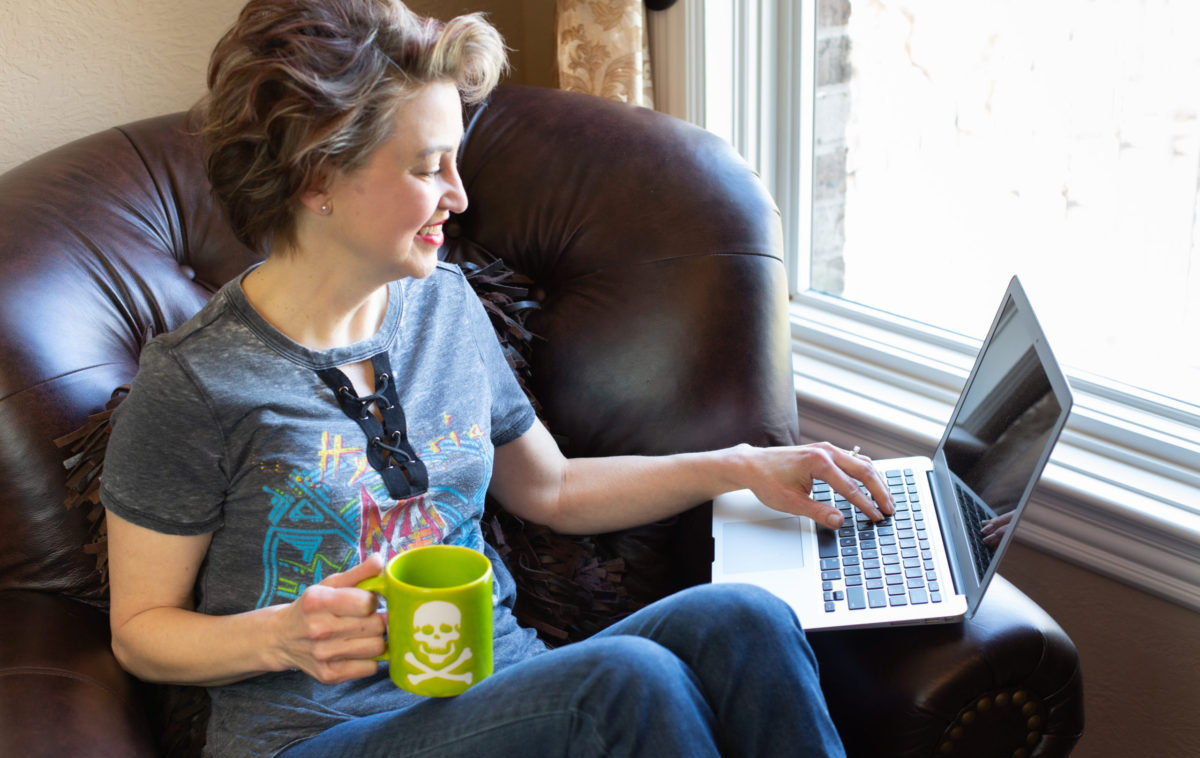
Merriam-Webster defines resilience as a noun meaning “1: the capability of a strained body to recover its size and shape after deformation caused especially by cohesive stress and 2: an ability to recover from or adjust easily to misfortune or change.” Thanks to the pandemic, I can apply both of these definitions to my life. 1: My strained body needs to recover its shape after the deformation caused by COVID-19’s cohesive stress. 2. I strive to adjust to pandemic-induced change, but the constant pivoting makes me nauseous.
TMI
For this discussion, let’s stick with the second definition. We talked about a form of resilience in this earlier post. Other ways to think of resilience are Viktor Frankl’s theory of Tragic Optimism, Friedrich Nietzsche’s adage what doesn’t kill you makes you stronger, and even the Serenity Prayer. (I like Erma Bombeck’s version at the bottom of page 11.)
IRL
It’s physically, mentally, and emotionally exhausting to think about our ingrained routines and adjust them for COVID-19. For example: Let’s say you’re a mom with a husband and two kids, one school age and one younger. You work in an office and your husband is a trucker. Every morning pre-pandemic, you:
- Kissed your husband goodbye
- Dropped your younger child at daycare
- Dropped your older child at school
- Hit your favorite coffee shop
- Went to the office
Now, your husband is constantly on the road, your children are home, and your favorite coffee shop is closed. You’re working from home, but need faster internet to accommodate both your teleconferences and your older child’s online school. Overwhelmed? Resilience is taking baby steps toward solutions.
- Buy some quality coffee and make yourself a pot
- Call your internet provider and upgrade your speed
- Tell your husband you’ll be thinking about him while he’s on his route today
- Color with your youngest
- Listen to your oldest’s struggle with an assignment
- Email your manager. How is he doing? What is the one thing he’d like you to accomplish today?
Whew, you did it! You made it through the day! Take a deep breath and relax.
FTW
COVID-19 fatigue is real. You can get through any trial when you know it’s going to end; like a pregnant woman in labor. With no end in sight, you have to adjust your goals. In his book, Survival Psychology, John Leach describes transitioning from short term survival behavior to long term survival behavior. It seems very similar to the grieving process (e.g., shock, denial, anger, acceptance). One key is self-discipline, but be careful of thinking in absolutes like, “I’ve blown my diet by eating one cookie, so I may as well eat the whole bag.” One lapse does not ruin anything. Try again. Another key is your value system. Keep reminding yourself who you are and what you do. For example, say out loud to yourself:
- I’m (your name)
- I’m a (what you do) for my clients (or team)
- The most important task for me to accomplish today is (your number one priority)
- The next step to getting it done is (you get the idea).
Silly? Maybe, but it helps you to both focus and prioritize. Filter your priority list through the company’s current mission statement, which may have shifted because of COVID-19. (E.g., your company went from producing rum to hand sanitizer.) The company’s purpose should drive your daily tasks.
How is your company helping you be resilient? Please share in the comments section.
